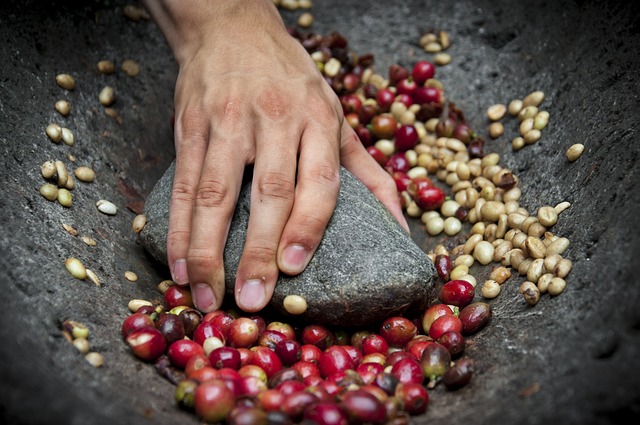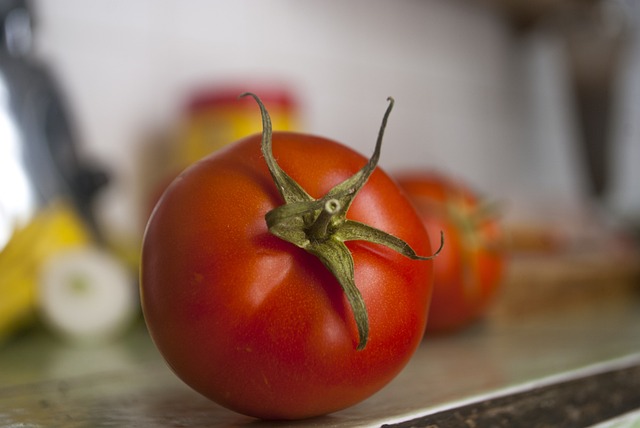Kidney beans are a highly nutritious legume, rich in protein and fiber, which support satiety, weight management, and blood sugar control, making them particularly beneficial for heart health and diabetes management. They are low in fat and free of cholesterol, thus contributing to a plant-based diet that can reduce bad cholesterol (LDL) and the risk of heart disease. Additionally, they provide essential vitamins and minerals like iron, potassium, and B-vitamins, which are vital for bodily functions and overall health. Proper cooking methods, such as soaking overnight to enhance digestibility and remove antinutrients, are crucial for maximizing their nutritional benefits and ensuring optimal nutrient absorption. Integrating kidney beans into your diet with dishes like chili, salads, or side meals can offer a range of health advantages while satisfying your culinary palate on a plant-based lifestyle. For those looking to incorporate these legumes into their diet for their health benefits, it's essential to store them correctly to maintain freshness and prevent bacterial growth. Regular inspections for signs of spoilage are necessary to ensure safety and quality. Preparing kidney beans from scratch is a simple way to enjoy their nutritional profile, with methods like pressure cooking offering a time-efficient alternative for busy individuals. By adhering to these guidelines on selection, storage, and preparation, kidney beans can be a staple in your plant-based diet, offering support for cholesterol management and blood sugar control, thereby contributing to heart health and overall well-being.
Embark on a culinary journey with “How to Cook Kidney Beans: A Beginner’s Guide to Perfect Beans,” your essential guide to mastering the art of cooking these nutrient-dense legumes. Discover the myriad health benefits of kidney beans and learn how they can be a cornerstone in a cholesterol-conscious, plant-based diet, aiding in blood sugar control and weight management. This comprehensive article navigates you through selecting and storing kidney beans for optimal freshness, various cooking techniques including the gentle art of pressure cooking and oven-roasting for a gourmet twist, and creative recipes that elevate these versatile beans to new heights. Whether you’re a seasoned chef or a novice in the kitchen, this guide provides tips for consistently achieving perfect kidney beans every time, ensuring your dishes are not only delicious but also health-promoting.
- The Nutritional Edge of Kidney Beans: Unveiling Their Health Benefits
- Understanding Kidney Beans: A Comprehensive Overview
- Selecting and Storing Kidney Beans for Optimal Freshness
- Preparing Kidney Beans from Scratch: The Soaking and Cooking Process
The Nutritional Edge of Kidney Beans: Unveiling Their Health Benefits
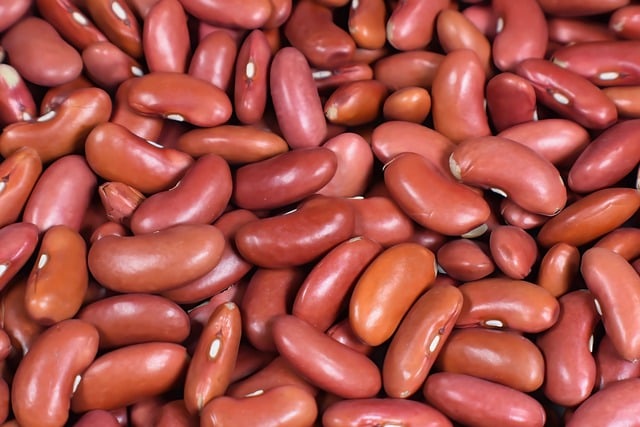
Kidney beans are a powerhouse of nutritional benefits, making them an excellent choice for those looking to enhance their health through diet. These legumes are rich in protein and fiber, which contribute to a feeling of fullness and can aid in weight management. Their high fiber content also promotes blood sugar control by slowing down the digestion process, thus preventing spikes in blood glucose levels. This makes kidney beans an ideal food for individuals with diabetes or those who are monitoring their blood sugar. Furthermore, the beans are low in fat and devoid of cholesterol, which means they can be a part of a heart-healthy plant-based diet. The soluble fiber within kidney beans has been shown to reduce the body’s absorption of cholesterol, thereby supporting cardiovascular health by lowering LDL cholesterol levels and reducing the risk of heart disease. Beyond these benefits, kidney beans are also a source of essential vitamins and minerals, including iron, potassium, and B-vitamins, which support various bodily functions and contribute to overall wellbeing. Incorporating kidney beans into your diet not only adds variety and flavor to your meals but also provides a multitude of health advantages that can be instrumental in maintaining a healthy lifestyle. When preparing kidney beans, it’s important to follow proper cooking methods to ensure their nutritional benefits are preserved. Soaking the beans overnight and then cooking them until tender is a traditional and effective way to prepare them for consumption. This not only makes them more digestible but also helps to reduce antinutrients like phytates that can inhibit the absorption of certain minerals. Whether you’re incorporating them into a hearty chili, a vibrant salad, or a simple side dish, understanding how to cook kidney beans is essential for harnessing their full health potential and creating dishes that are both nourishing and delicious.
Understanding Kidney Beans: A Comprehensive Overview
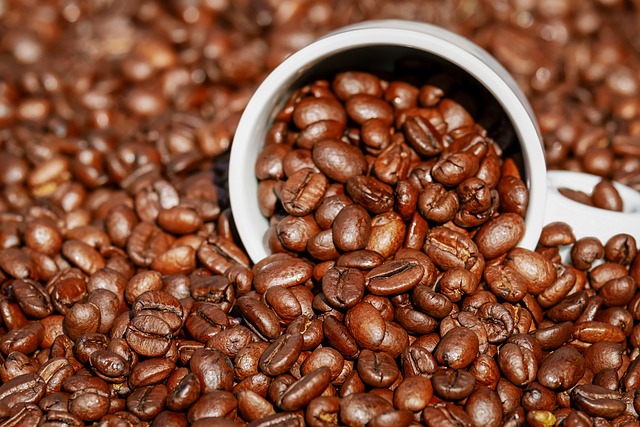
Kidney beans are a versatile and nutritious legume that offers a plethora of health benefits. Rich in protein and fiber, they are an excellent component for those following a plant-based diet. Their ability to help control blood sugar is particularly noteworthy for individuals with diabetes or those aiming to maintain stable glucose levels. Moreover, kidney beans are low in fat and devoid of cholesterol, making them heart-healthy and beneficial for lowering cholesterol levels in the body. When incorporating kidney beans into your diet, it’s crucial to understand how to cook them properly to maximize their nutritional value and palatability. Proper cooking techniques can also help in reducing antinutrients like phytates that may otherwise impede the absorption of certain minerals. This guide will provide you with step-by-step instructions on how to cook kidney beans, ensuring they are both tender and flavorful. Whether you prefer them in a hearty chili, as a side dish, or as the base for a plant-based meal, mastering the art of cooking kidney beans is essential for anyone looking to expand their culinary repertoire and embrace a healthier lifestyle.
Selecting and Storing Kidney Beans for Optimal Freshness

When selecting kidney beans for your culinary creations, it’s crucial to prioritize freshness and quality to maximize health benefits and flavor. Opt for beans that are firm, well-shaped, and blemish-free, as these are indicators of optimal freshness. Store-bought or dried kidney beans should be kept in a cool, dry place until use. Once opened, transfer them to an airtight container to preserve their shelf life. For long-term storage, a dark, dry, and cool pantry is ideal; this environment can help maintain the beans’ freshness for up to a year. Properly stored kidney beans are less likely to harbor bacteria, ensuring safety and quality when you’re ready to incorporate them into your heart-healthy, plant-based recipes. Regularly check your beans for any signs of spoilage, such as sprouting or an off smell, and discard any that do not meet the freshness criteria. By following these guidelines, you can effectively select and store kidney beans, ensuring they are at their best when preparing dishes that align with a plant-based diet, which can help in managing cholesterol levels and blood sugar control for overall health maintenance.
Preparing Kidney Beans from Scratch: The Soaking and Cooking Process
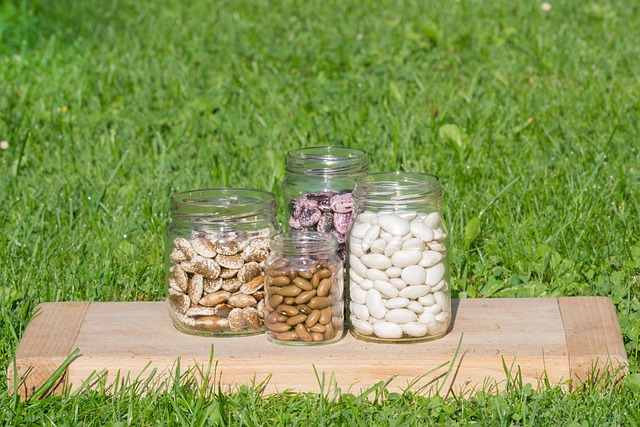
Embarking on the journey to prepare kidney beans from scratch offers a myriad of health benefits and is a cornerstone for those following a plant-based diet. This process begins with proper preparation, which is crucial for both flavor development and ensuring the beans are safe for consumption. To reap the most nutritional value, including aiding in cholesterol management and blood sugar control, it’s essential to soak dried kidney beans before cooking. Soaking not only softens the beans but also reduces their natural antinutrients, which can inhibit nutrient absorption. After a thorough rinse to remove any debris or dust, submerge the beans in enough water to cover them by several inches and let them soak for anywhere from four to ten hours, or overnight. This soaking period allows the beans to absorb water, swelling to a plump and tender state that will cook up more evenly and with better texture.
Once the beans have adequately absorbed water, they can be drained and rinsed again before moving on to the cooking phase. There are several methods to cook kidney beans; the traditional stovetop method involves placing the soaked beans in a large pot, covering them with fresh water, and bringing the mixture to a boil. Reducing the heat to a simmer, cover the pot to allow the beans to cook gently. This process can take anywhere from one to three hours, depending on the type of kidney bean and how tender you prefer them. Alternatively, a pressure cooker can significantly reduce cooking time, making this healthful legume more accessible for weeknight dinners or busy schedules. Regardless of the method chosen, it’s important to test the beans for tenderness as they cook; they should be soft but not falling apart. Seasoning can be added towards the end of cooking to enhance flavors without compromising the nutritional integrity of these health-supportive beans. Cooked kidney beans are versatile and can serve as a base for countless plant-based recipes, contributing to heart health and balanced blood sugar levels when incorporated into meals regularly.
Embarking on a culinary journey with kidney beans offers a delightful addition to any diet, particularly for those embracing a plant-based lifestyle. This guide has illuminated the health benefits of kidney beans, including their cholesterol-lowering properties and role in blood sugar control, making them an invaluable ingredient for maintaining a balanced and nutritious diet. By mastering the art of selecting, storing, and preparing kidney beans from scratch, you can now confidently integrate these versatile legumes into an array of dishes, enhancing both your meals and well-being. Happy cooking!


